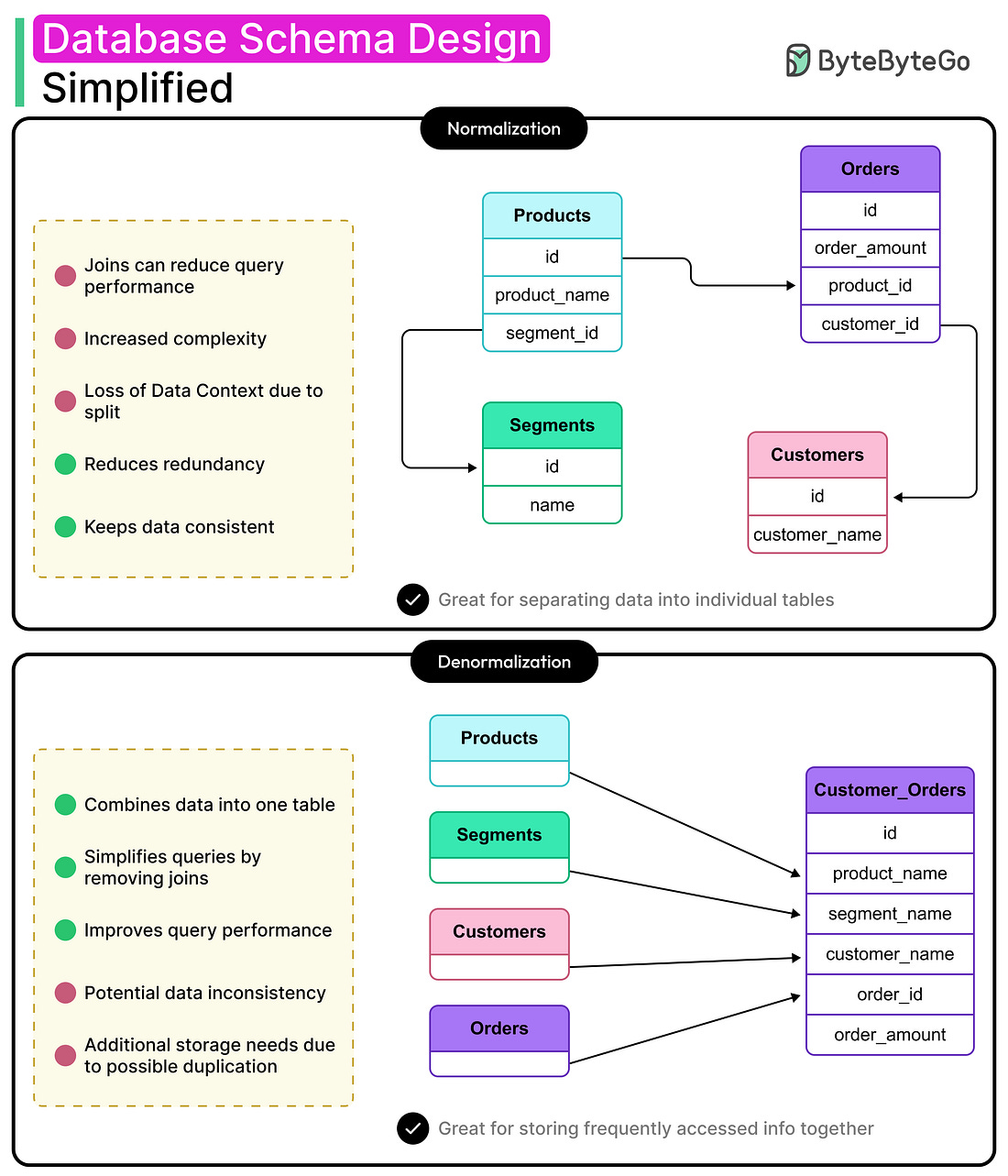- Mailing Lists
- in
- A Guide to Database Transactions: From ACID to Concurrency Control
Archives
- By thread 5268
-
By date
- June 2021 10
- July 2021 6
- August 2021 20
- September 2021 21
- October 2021 48
- November 2021 40
- December 2021 23
- January 2022 46
- February 2022 80
- March 2022 109
- April 2022 100
- May 2022 97
- June 2022 105
- July 2022 82
- August 2022 95
- September 2022 103
- October 2022 117
- November 2022 115
- December 2022 102
- January 2023 88
- February 2023 90
- March 2023 116
- April 2023 97
- May 2023 159
- June 2023 145
- July 2023 120
- August 2023 90
- September 2023 102
- October 2023 106
- November 2023 100
- December 2023 74
- January 2024 75
- February 2024 75
- March 2024 78
- April 2024 74
- May 2024 108
- June 2024 98
- July 2024 116
- August 2024 134
- September 2024 130
- October 2024 141
- November 2024 171
- December 2024 115
- January 2025 216
- February 2025 140
- March 2025 220
- April 2025 233
- May 2025 239
- June 2025 303
- July 2025 80
A Guide to Database Transactions: From ACID to Concurrency Control
A Guide to Database Transactions: From ACID to Concurrency Control
Latest articlesIf you’re not a subscriber, here’s what you missed this month.
To receive all the full articles and support ByteByteGo, consider subscribing: Modern applications don’t operate in a vacuum. Every time a ride is booked, an item is purchased, or a balance is updated, the backend juggles multiple operations (reads, writes, validations) often across different tables or services. These operations must either succeed together or fail as a unit. That’s where transactions step in. A database transaction wraps a series of actions into an all-or-nothing unit. Either the entire thing commits and becomes visible to the world, or none of it does. In other words, the goal is to have no half-finished orders, no inconsistent account balances, and no phantom bookings. However, maintaining correctness gets harder when concurrency enters the picture. This is because transactions don’t run in isolation. Real systems deal with dozens, hundreds, or thousands of simultaneous users. And every one of them expects their operation to be successful. Behind the scenes, the database has to balance isolation, performance, and consistency without grinding the system to a halt. This balancing act isn’t trivial. Here are a few cases:
Such scenarios can result in conflicts, race conditions, and deadlocks that stall the system entirely. In this article, we break down the key building blocks that make transactional systems reliable in the face of concurrency. We will start with the fundamentals: what a transaction is, and why the ACID properties matter. We will then dig deeper into the mechanics of concurrency control (pessimistic and optimistic) and understand the trade-offs related to them. What is a Database Transaction?... Continue reading this post for free in the Substack app© 2025 ByteByteGo |
by "ByteByteGo" <bytebytego@substack.com> - 11:34 - 19 Jun 2025

